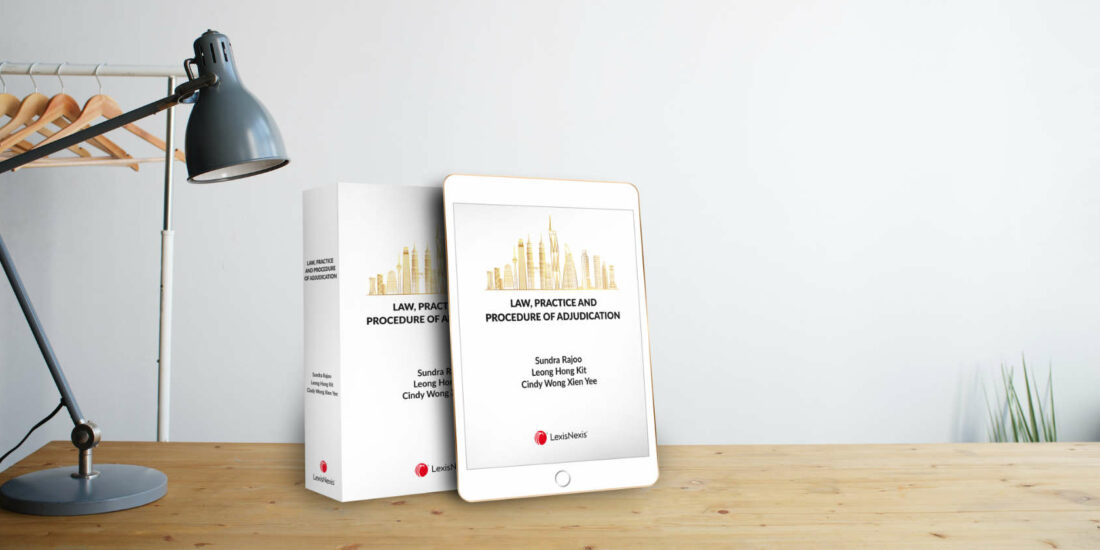
Asia Arbitration Guide (6th edition)
Respondek & Fan have reissued their Asia Arbitration Guide, first published in 2007. This is the sixth, expanded and revised edition of the guide, a number that speaks for the success of the publication but also reflects the continuing, dynamic development of international arbitration. The information in this book is as of February 2019. Arguably, this makes it the most up-to-date reference work on the market about arbitration in Asia today.
As emphasised by Neil Kaplan in his preface, the Asia Arbitration Guide is not a guidebook for arbitration worldwide. Asia refers to the countries of North, East and Southeast Asia (perhaps Central and Western Asia will be subject to later editions). These include economic or arbitral powerhouses such as the People’s Republic of China, Hong Kong, India, Japan, Singapore or South Korea. The legal systems of smaller arbitration countries such as Brunei, Cambodia, Mongolia or Nepal are covered as well. Macao was added to the latest edition. All in all, the work comprises 21 country reports. Moreover, there is a chapter on the Chinese-European Arbitration Center in Hamburg, Germany; a geographical outlier if you will, but a thematically relevant one.
Each report was written by established arbitration experts. The chapters follow a standardised structure of 22 questions such as “does a valid arbitration clause bar access to state courts?”, “do arbitrators have powers to grant interim or conservatory relief?”, or “what are the formal requirements for an arbitral award?” This setup makes it easy to find and compare the situations in different countries.
The value of this work is twofold: Firstly, it provides answers to important questions, which frequently come up before or during arbitration proceedings. In doing so, it should keep the golden mean between due brevity and necessary detail. This overview function may be all an arbitrator needs for preparing the award. Insofar as a question requires more attention – probably more relevant to arbitration counsel – the work provides the basics, but also information on where to continue. If, in this respect, some chapters contain more detailed information than others, this may be due to the state of the law of arbitration in the respective countries.
Like the previous editions, all this makes the sixth edition of the Asia Arbitration Guide a useful addition to the handset of every arbitration practitioner with business in Asia.
ISBN: 978-981-14-1663-7
Available at https://www.rf-arbitration.com/upload/document/asia-arbitration-guide-2019-rf-legal.pdf






